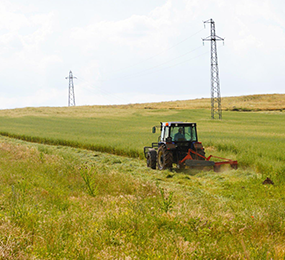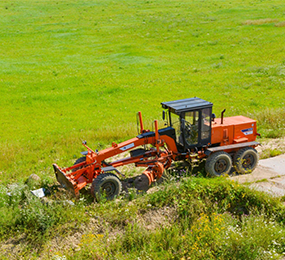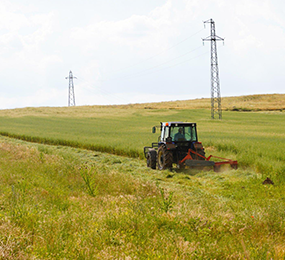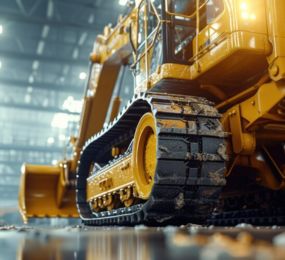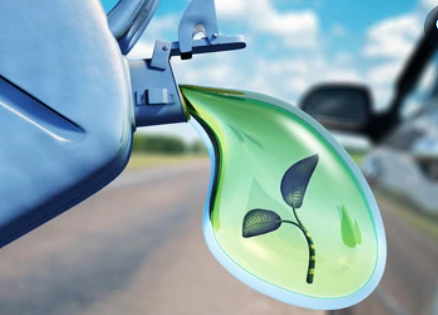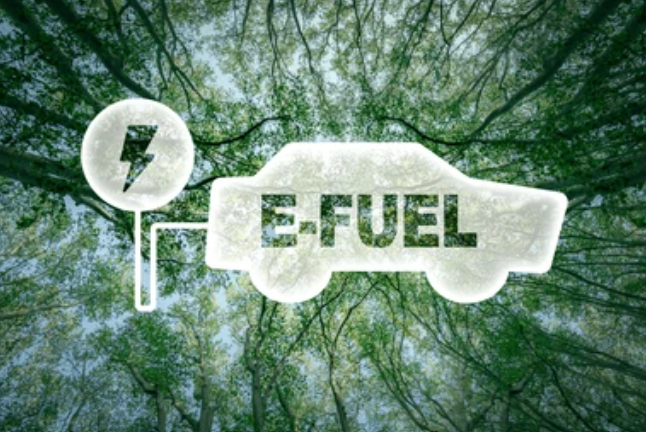Non-Road Mobile Machinery Electrification and Decarbonization: Moving Heavy Industry Toward a Cleaner Future
From excavators on construction sites to tractors in the fields, non-road mobile machinery (NRMM) plays a vital role in modern infrastructure, agriculture, and logistics. But behind their utility lies a growing environmental concern: these machines are major contributors to diesel emissions and local air pollution.
Unlike on-road vehicles, NRMM has traditionally been powered by diesel engines, often with limited emissions controls. This segment—ranging from bulldozers and forklifts to airport ground support equipment has long been overlooked in the broader transportation decarbonization agenda. That’s now changing.
Electrification and decarbonization of NRMM is gaining momentum as manufacturers, regulators, and end users recognize both the environmental impact and the economic opportunities of switching to cleaner alternatives.
Why Electrify NRMM?
The benefits of electrifying NRMM go beyond reducing carbon emissions:
Improved air quality: Zero tailpipe emissions help protect workers on-site and communities nearby.
Lower noise levels: Electric motors are significantly quieter than diesel engines, improving working conditions and reducing urban noise pollution.
Reduced operating costs: Fewer moving parts, lower fuel costs, and simplified maintenance can bring long-term savings.
Compliance with tightening regulations: As cities and regions introduce stricter emissions zones, cleaner machinery will be essential for continued operations.
Electric and hybrid machinery is already entering the market, particularly in urban construction and indoor environments where clean, quiet performance is valued. Battery technology continues to improve, allowing for longer operation times and broader application in heavier-duty roles.
However, challenges remain. Upfront costs are higher, charging infrastructure is still limited in many regions, and performance in rugged or remote conditions must
continue to improve. These hurdles are real—but they are being addressed through targeted innovation, pilot projects, and public-private partnerships.
Conclusion
The electrification of non-road mobile machinery is no longer just a future goal—it’s a practical and necessary shift happening now. As industries work to meet climate targets and modernize their fleets, electrifying NRMM is a critical step toward reducing emissions, protecting health, and building a more sustainable industrial landscape. The path forward is clear: it’s time to power progress without the pollution.
Learn more on our website: https://www.leadventgrp.com/events/2nd-annual-non-road-mobile-machinery-electrification-and-decarbonization-forum/details
For more information and group participation, contact us: [email protected] .
Leadvent Group - Industry Leading Events for Business Leaders!
www.leadventgrp.com | [email protected]


